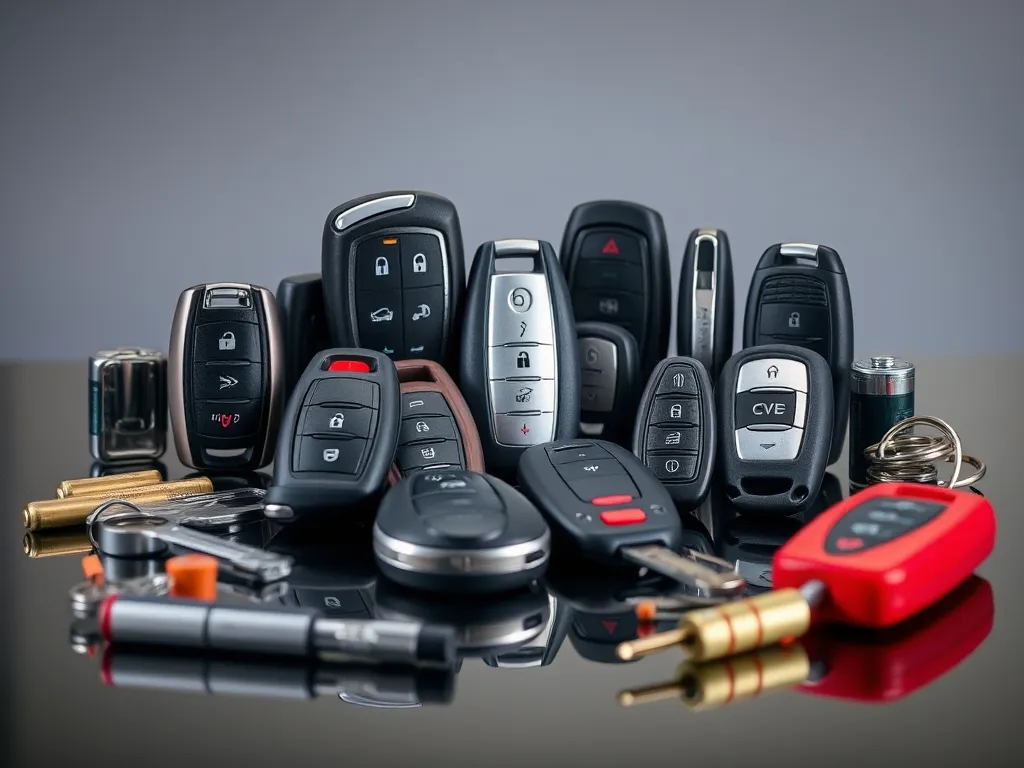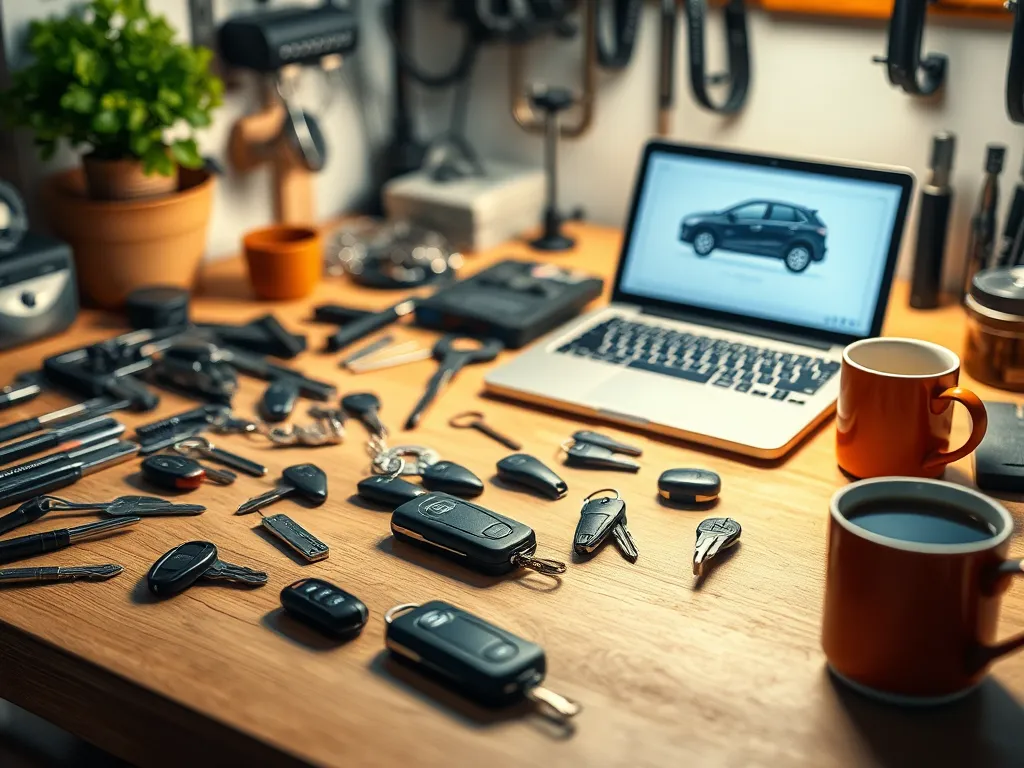
Importance of DIY Garage Door Maintenance
Maintaining your garage door is key to making it last longer and work well. A DIY garage door tune-up can save you money on repairs. Plus, it helps your home look nice from the street. Just a bit of time spent on simple preventative maintenance can keep your garage door running smoothly and safely.
Key Takeaways:
- Regular DIY garage door maintenance is essential for longevity. Include tasks like servicing the garage door's parts and checking the roller doors for any wear and tear.
- DIY garage door repairs often involve looking at the overhead door mechanisms and ensuring the garage doors are properly lubricated to avoid issues.
- For effective servicing of garage doors, inspect the roller door and the gate's tension, and replace v-belts when necessary.
- To maintain optimal performance, perform a garage door safety inspection and ensure all sectional parts, including couplers and bearings, are in good condition.
- Check and replace weather stripping to enhance your garage door's curb appeal and protect against wind damage.
- For any garage door opener repair, keep the jackshaft and other moving parts properly lubricated to prevent excessive vibration.
- Garage door track adjustment can help with alignment issues, reducing friction and enhancing overall performance.
- Routine tasks such as garage door roller maintenance and garage door weatherstripping are crucial for preventing rust and maintaining both functionality and aesthetics.
- Use a step-by-step guide to ensure you don't miss important aspects like caulking and cleaning the air filter to keep your garage environment clean.
- When performing a DIY garage door tune-up, be sure to check all bolts and apply grease where necessary to maintain smooth operation.
Benefits of Regular Maintenance
Taking care of your garage door regularly has many perks. It saves you money and keeps the door working for years. Regular maintenance can be provided by Impact Doors - Repairs in North Brisbane.
Why Regular Care Matters
Regular care prevents costly wear and tear. If you maintain your garage door, it will last longer and you’ll avoid expensive fixes. Keeping up with maintenance is a smart investment.
Financial Savings Over Time
Doing regular maintenance leads to big financial savings. Fixing small problems early stops them from turning into big, costly repairs. Keeping the garage door in good shape means fewer unexpected breakdowns.
Tools and Supplies for Maintenance
You need the right tools and supplies to do DIY garage door maintenance properly.
Essential Tools Needed
For a garage door tune-up, you need some basic tools. We recommend having a wrench set, screwdrivers, pliers, a level, and a special lubricant for garage doors. These tools will help you handle most tasks.
Recommended Products for Maintenance Tasks
For good maintenance, use the right products. Choose high-quality lubricants and cleaners that are made for garage doors. Follow the instructions to apply these products, and you’ll ensure smooth operation and a longer lifespan for your door.
Routine Visual Inspection
Doing regular visual inspections can help spot problems with your garage door before they get worse.
Checking for Wear and Tear
Look for signs of wear and tear during inspections.
Key Areas to Inspect Visually
Check the springs, cables, rollers, and tracks. Look for rust, fraying, or damage. These parts need to be in good condition for your door to work right.
Signs of Potential Issues
Listen for unusual noises or see if the door moves oddly. These can hint at problems that need fixing soon.
Inspecting Hinges and Hardware
It's important to check the hinges and hardware to keep the door safe and working well.
Steps to Examine Hinges
Look at each hinge for wear or damage. Tighten any loose bolts and change worn-out parts if needed. Well-maintained hinges help the door move smoothly.
Ensuring All Parts Are Secure
Make sure all bolts, brackets, and fasteners are tight. Loose parts cause issues and can make the door unsafe. Regular checks and fixes keep everything secure.
Lubricating Moving Parts
Lubrication Basics
Proper lubrication keeps your garage door working well. Focus on lubricating metal moving parts like bearings, rollers, and hinges. First, clean these areas with a grease cleaner to remove any dirt or debris. Then, apply a high-quality lubricant. Make sure to also include the garage door tracks for smoother movement.
How Often to Lubricate Your Garage Door
Routine maintenance can help prevent wear and tear, reducing noise and extending the life of your garage door. It’s good practise to lubricate your garage door every six months. Regular lubrication helps avoid unexpected problems and ensures the door operates smoothly.
Examining Torsion Springs and Cables
Safety Tips for Handling Springs
Torsion springs are under heavy tension and can be very dangerous if not handled properly. Always prioritise safety. If you’re unsure, call a professional technician, especially for LiftMaster garage door openers. When dealing with springs, make sure all safety features are engaged and use the correct tools.
Checking Cable Conditions
Regular visual checks of the cables are crucial for keeping your garage door safe. Look out for signs of wear, such as fraying or rust. Ensure the cables are tight and securely attached. If you see any damage, replace the cables right away to keep things safe.
Cleaning Tracks and Rollers
Why Clean Tracks Matter
Keeping the tracks and rollers of your garage door clean is key for smooth operation. Dirt and debris can build up, affecting the door's function and causing wear and tear. Regular cleaning helps maintain the tracks and reduces friction, ensuring your door works smoothly and efficiently.
Step-by-Step Track Cleaning Guide
- Gather Your Tools: You'll need a soft cloth, a vacuum cleaner with a brush attachment, mild detergent, warm water, and a dry cloth.
- Inspect the Tracks: Look for large debris or obstacles that might be causing issues.
- Vacuum the Tracks: Use the vacuum to remove loose dirt and larger particles.
- Clean Thoroughly: Mix mild detergent with warm water. Dip the soft cloth in the solution and wipe down the tracks well. Make sure to reach all crevices.
- Dry the Tracks: After cleaning, use a dry cloth to remove any moisture to prevent rust.
- Lubricate if Necessary: If the manufacturer recommends it, apply a small amount of garage door lubricant to the tracks and rollers.
Checking Sensors and Auto-Reverse Features
Ensuring Sensor Functionality
The sensors are vital for the safety of your garage door. They stop the door from closing if something is in its path. Regularly test the sensors to make sure they work correctly:
- Locate the Sensors: They are usually at the base of the door tracks.
- Clean the Sensors: Wipe the sensor lenses with a soft, dry cloth to remove dust and debris.
- Test the Sensors: Close the garage door and wave an object (like a broomstick) in front of the sensors. The door should automatically stop and reverse.
- Adjust Alignment: If the sensors aren’t working properly, check their alignment. Make sure both sensors face each other directly and are not blocked.
Auto-Reverse Mechanism Check
The auto-reverse feature makes sure your garage door stops and reverses if it hits something while closing. This is important for safety:
- Manually Test the Auto-Reverse: Place a sturdy object, like a wooden block, in the path of the closing door. Close the door using the remote control. It should reverse immediately upon contact with the object.
- Inspect and Repair: If the door does not reverse, inspect the auto-reverse mechanism for issues. Consult your garage door manual for troubleshooting tips or contact a professional if necessary.
Maintaining your garage door through regular inspections and cleanings will ensure its longevity and safe operation. For more detailed guides, consider checking our comprehensive maintenance tips.
Weatherstripping and Insulation
Effective weatherstripping and insulation for your garage door can help keep your home energy-efficient and comfortable. Regular maintenance can make sure everything works well and lasts longer.
Inspecting Weatherstripping
First, look at the weatherstripping on your garage door. Check for cracks or tears. If it's worn out, you might need to replace it. A technician can help if needed. Regular inspections can help avoid costly repairs. Use caulking around the edges to fill any gaps.
Adding or Replacing Insulation
Adding insulation to your garage door can save energy. It keeps your garage warm in winter and cool in summer. Choose the best insulation materials for your budget. If unsure, ask a technician for help. Good insulation not only saves energy but also extends the life of your garage door.
Paint and Rust Prevention
Taking care of your garage door's paint and preventing rust is important. It helps the door last longer and look good.
Painting Your Garage Door
Before painting, clean the door with a proper cleaner to remove all dirt. Sand any rough spots. Use exterior paint as it withstands weather better. Apply a primer first, then two coats of paint. Check the door regularly and touch up any chips to keep it looking fresh.
Preventing and Treating Rust
Rust can damage your garage door quickly. Check your door often, especially the bottom edges and joints. Use rust-resistant primer and paint on these areas. If you find rust, scrub it off with a wire brush. Apply a rust converter before repainting. Cleaning and inspecting regularly can stop rust from spreading.
By following these simple tips for weatherstripping, insulation, painting, and rust prevention, your garage door will stay functional and looking nice for years. Regular maintenance is key to keeping your garage door in top shape.
Testing Garage Door Opener
Regular testing and maintenance of your garage door opener are crucial for its reliability and longevity. Here’s a simple guide to help you keep it in top shape.
Basic Opener Maintenance
Maintaining your garage door opener is easy if you follow these steps:
- Visual Inspection: Look for any damage or wear on the opener and its parts.
- Lubrication: Apply lubricant to moving parts like chains, rollers, and hinges to reduce friction.
- Balance Test: Disconnect the opener and manually lift the door. It should stay open easily. If not, balance the door.
- Safety Reverse Test: Place an object in the door’s path. The door should reverse when it hits the object. Adjust sensitivity if needed.
Doing these basic tasks helps troubleshoot common issues and keeps the opener working well.
Programming and Resetting Opener Remotes
If your remote isn’t working right, try these steps to program and reset your garage door opener remotes:
- Find the "Learn" Button: Usually located on the back of the opener.
- Press and Hold the Button: Hold it until the indicator light turns on.
- Program the Remote: Press the button on the remote to sync it with the opener.
- Test the Remote: Open and close the garage door to make sure it works.
If problems continue, check the manual or call a professional.
Encouraging Regular Maintenance
Regular maintenance keeps your garage door from breaking down and extends its life.
Creating a Maintenance Schedule
Plan your routine maintenance like this:
- Monthly Checks: Inspect and lubricate moving parts.
- Quarterly Tests: Do balance and safety reverse tests.
- Annual Professional Service: Get a professional to check the system yearly.
Having a solid plan helps you maintain your garage door, reducing unexpected problems.
Tips for Long-Term Care
These habits can make your garage door last longer:
- Clean and Inspect Regularly: Keep tracks clean and check for wear.
- Avoid DIY Repairs for Big Issues: Leave major repairs to pros to prevent more damage.
- Follow Manufacturer’s Instructions: Stick to the maintenance guidelines in the manual.
Following these tips will help your garage door and opener work well for years.


